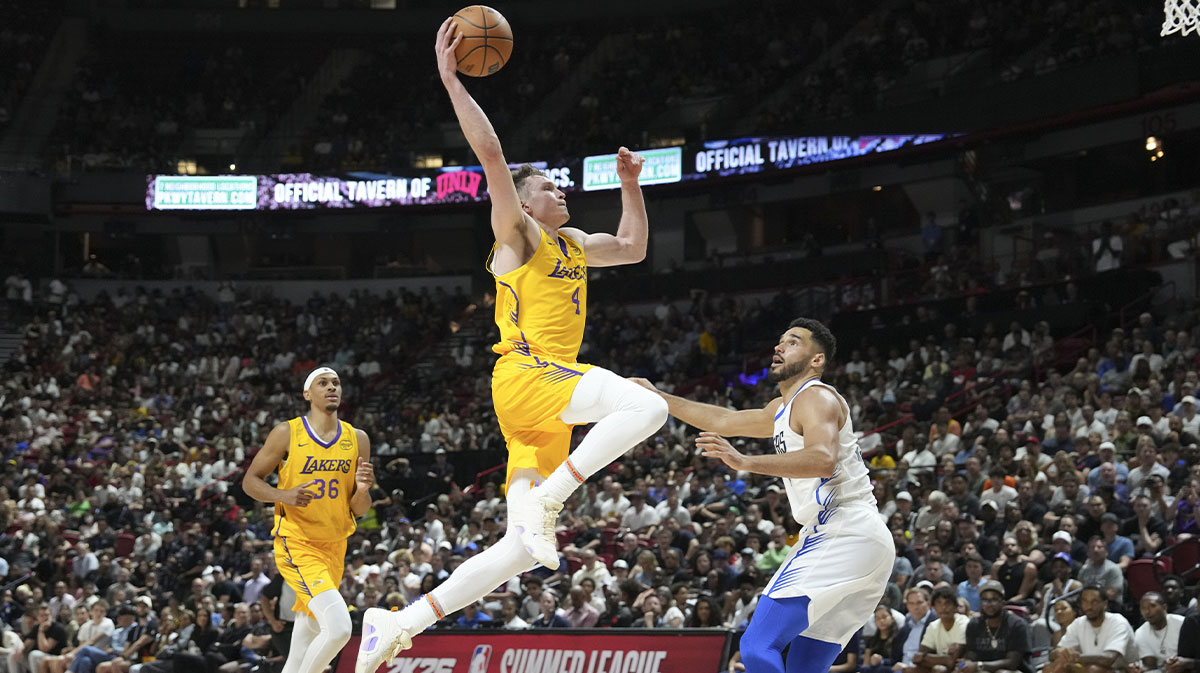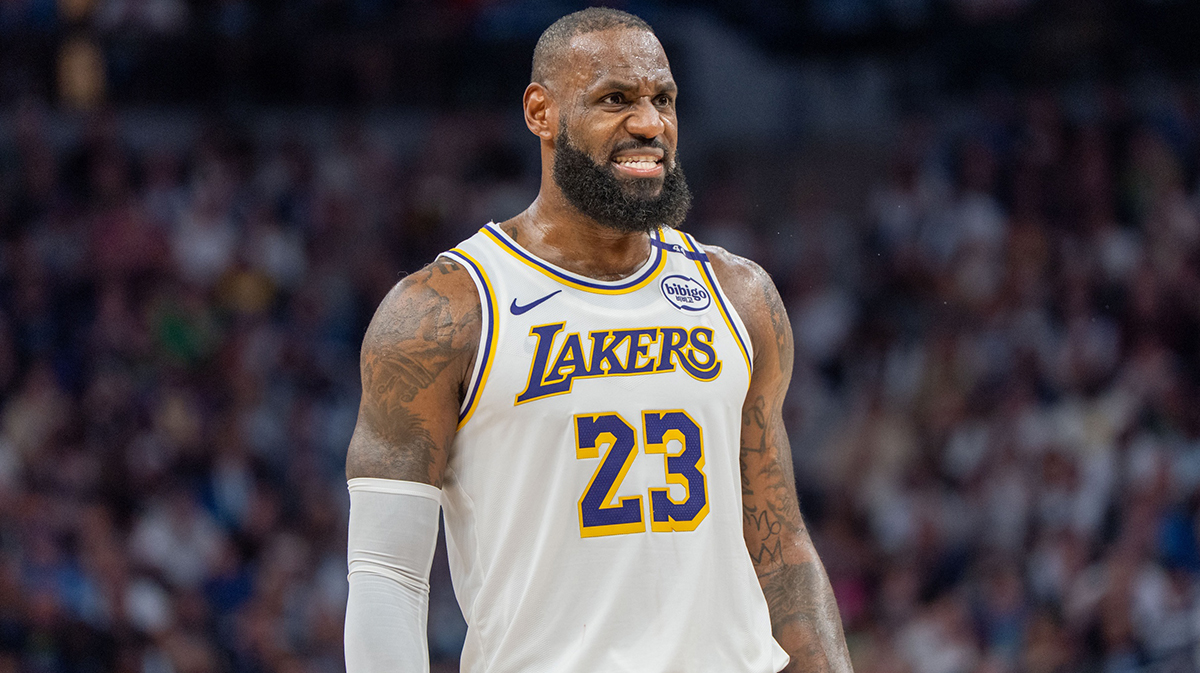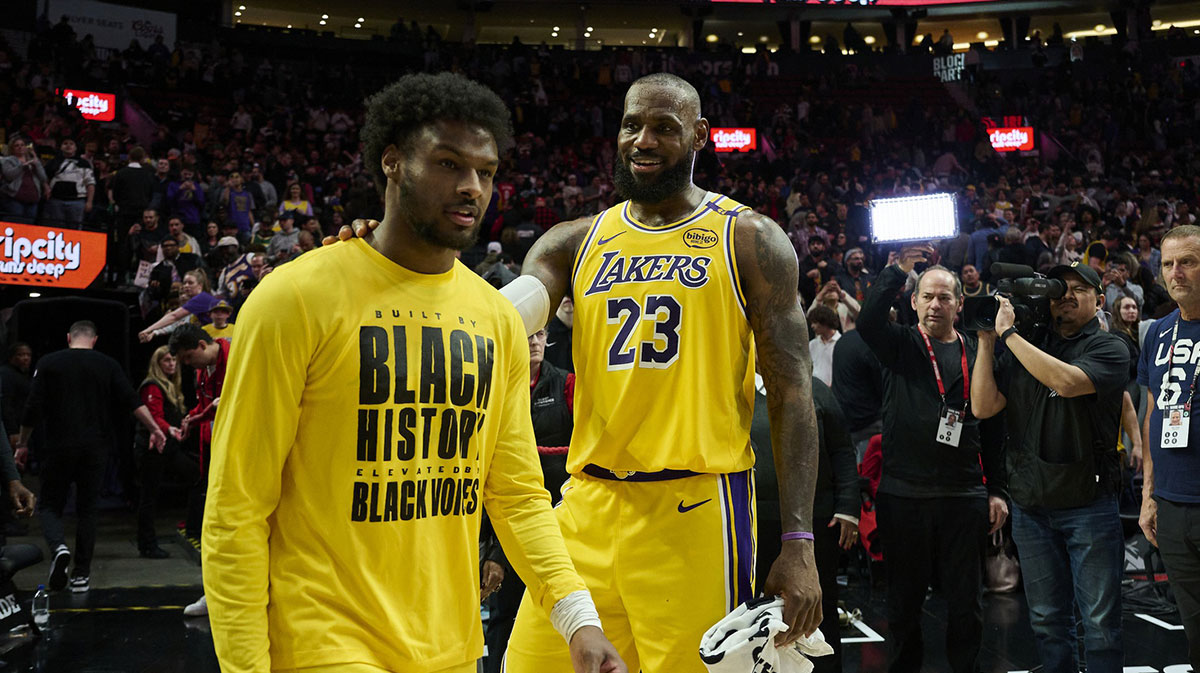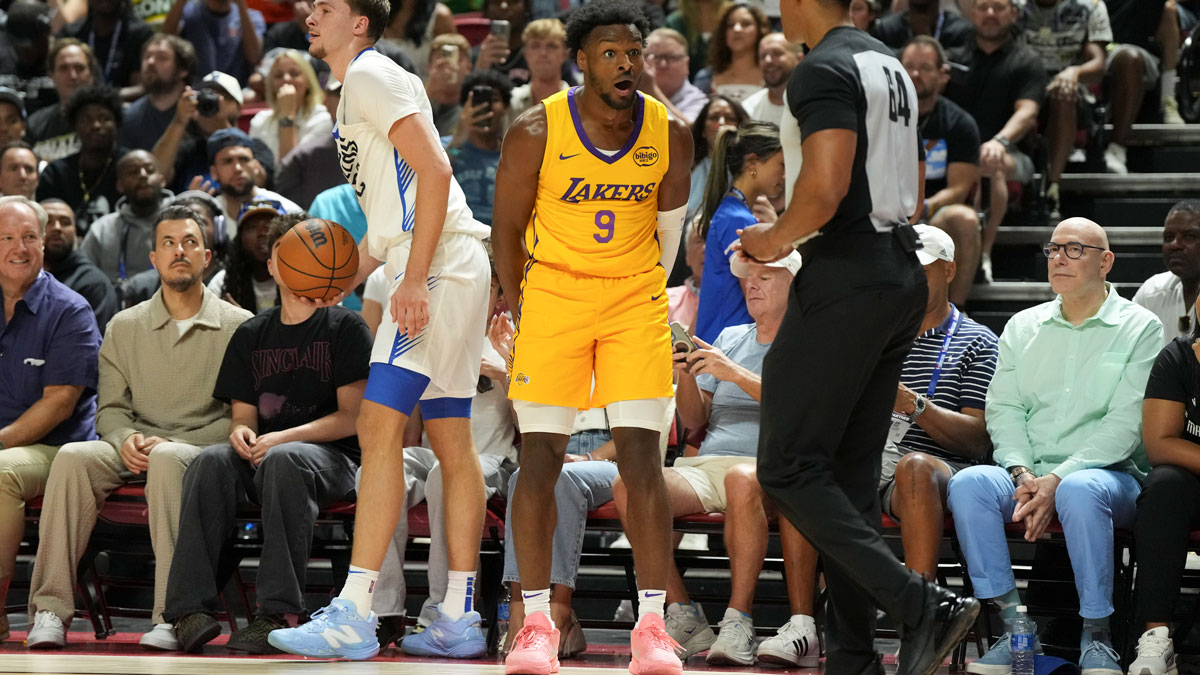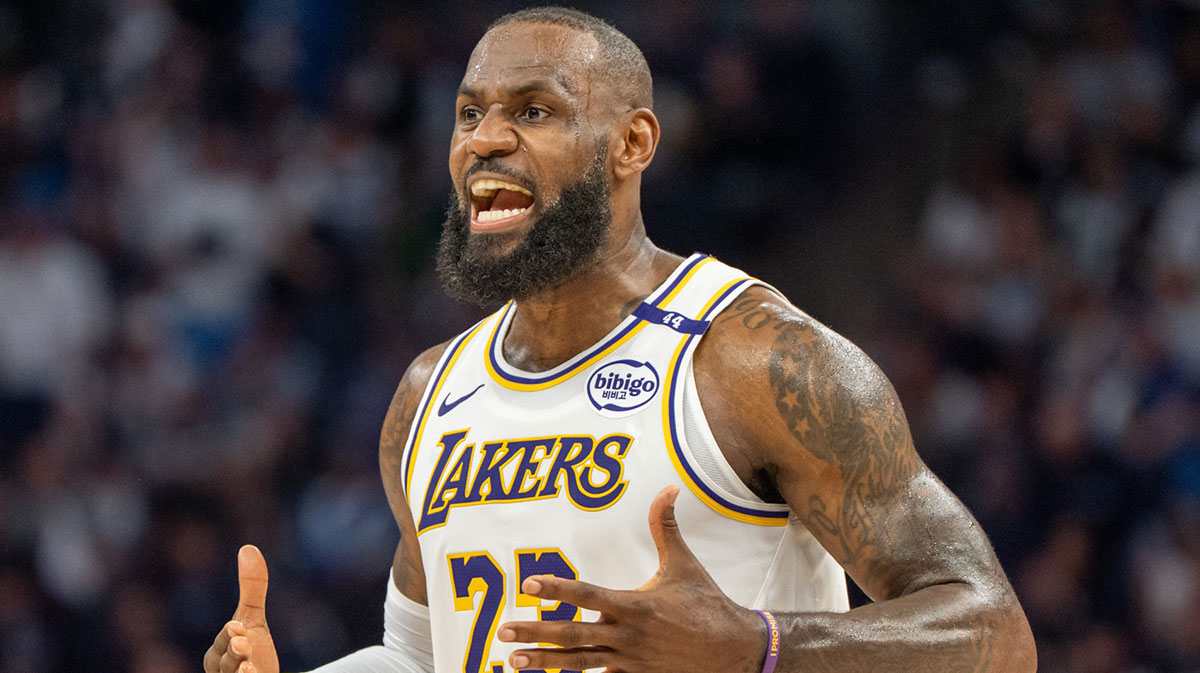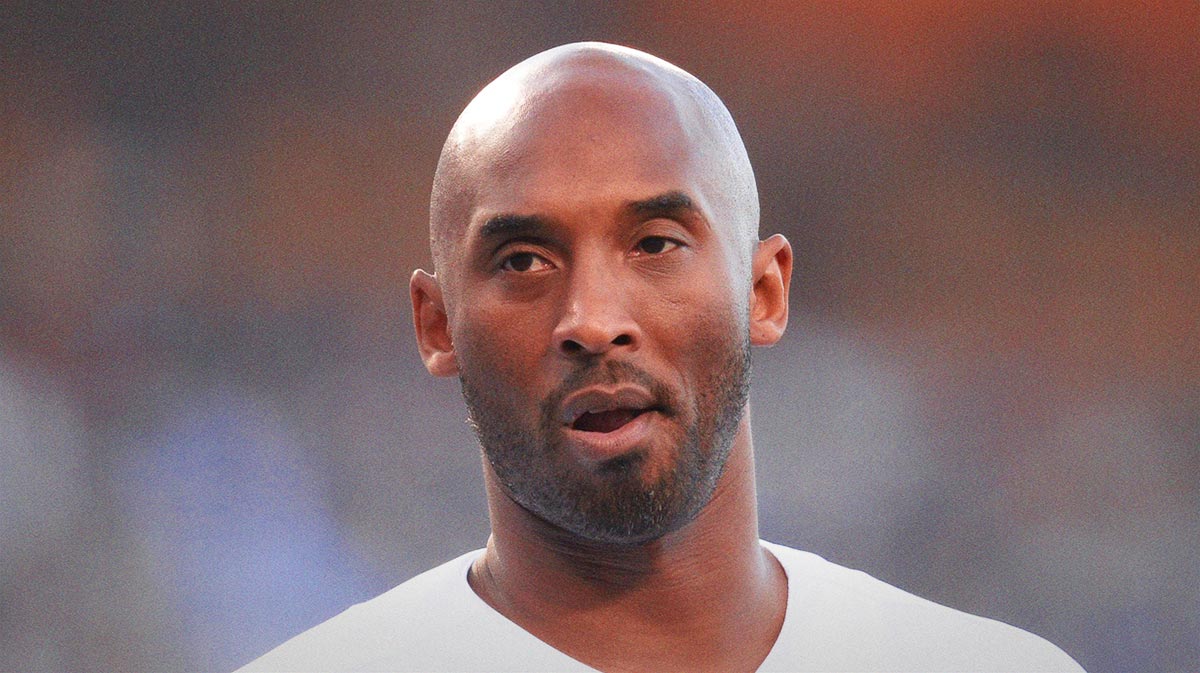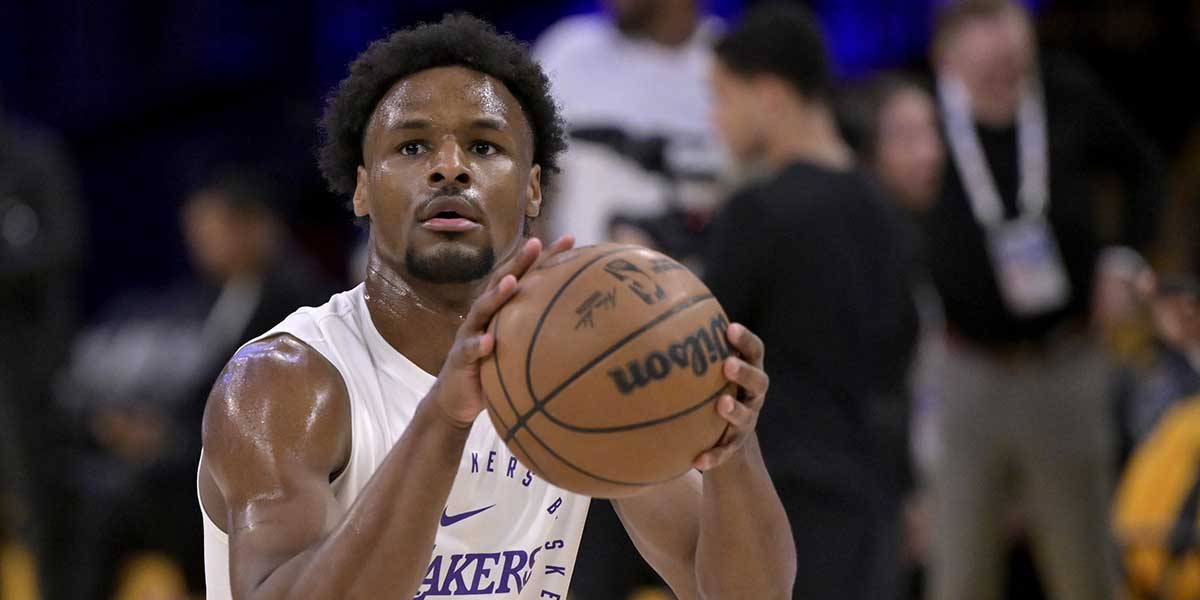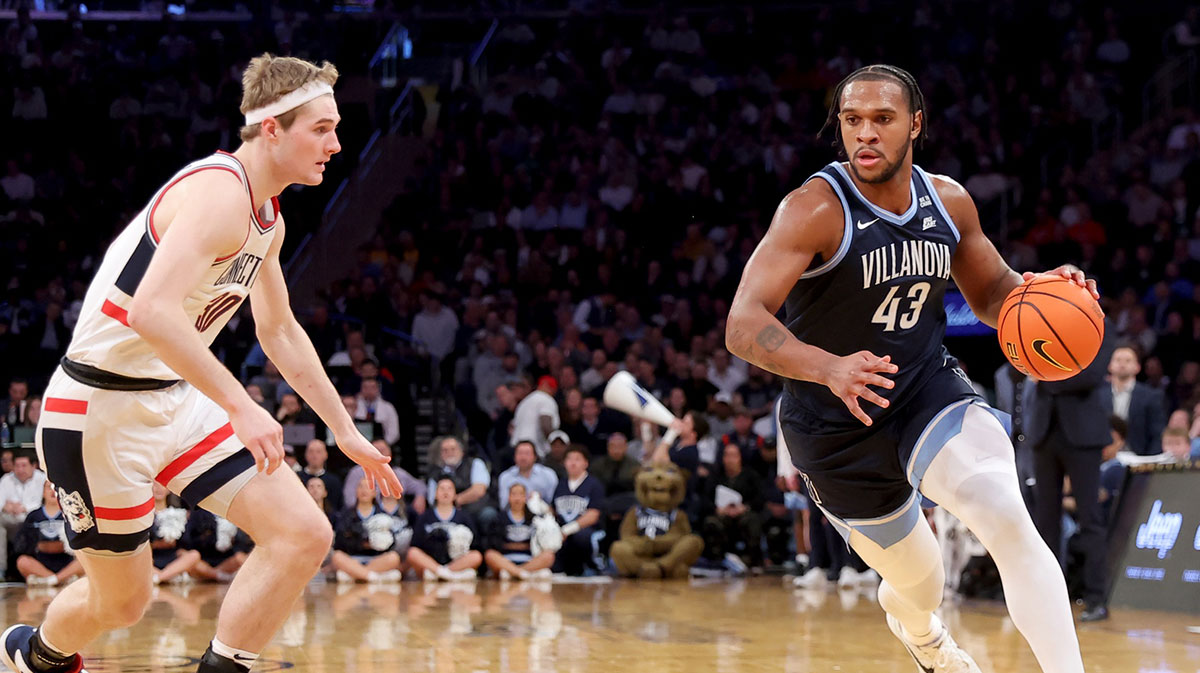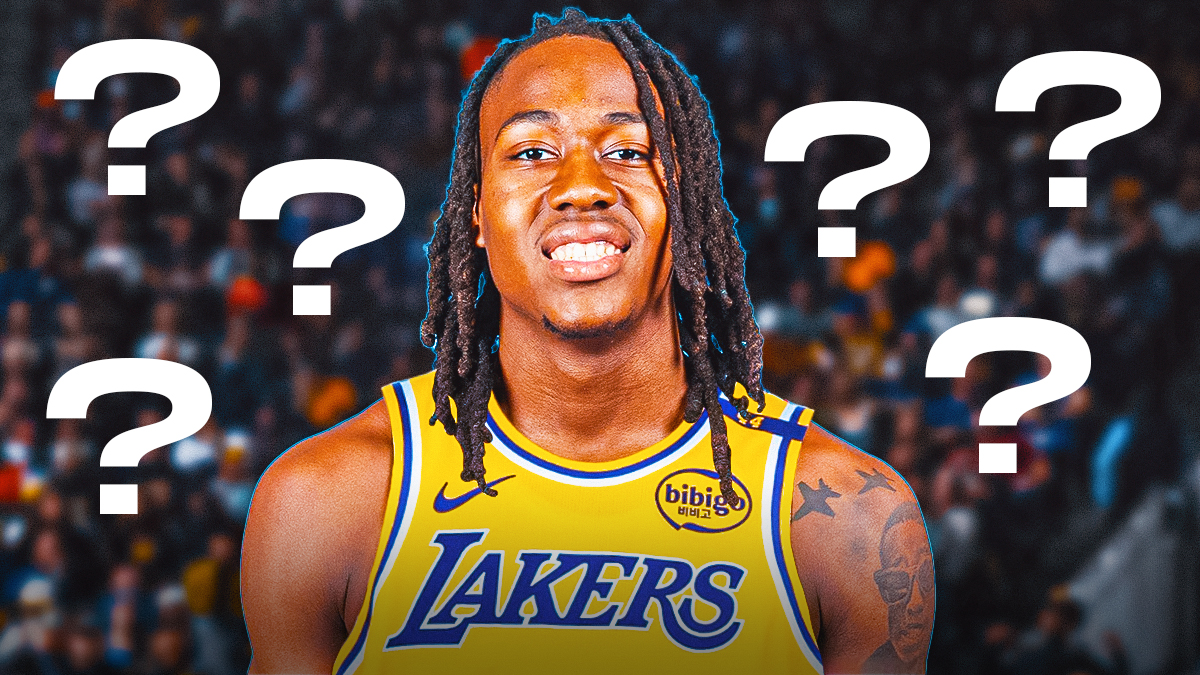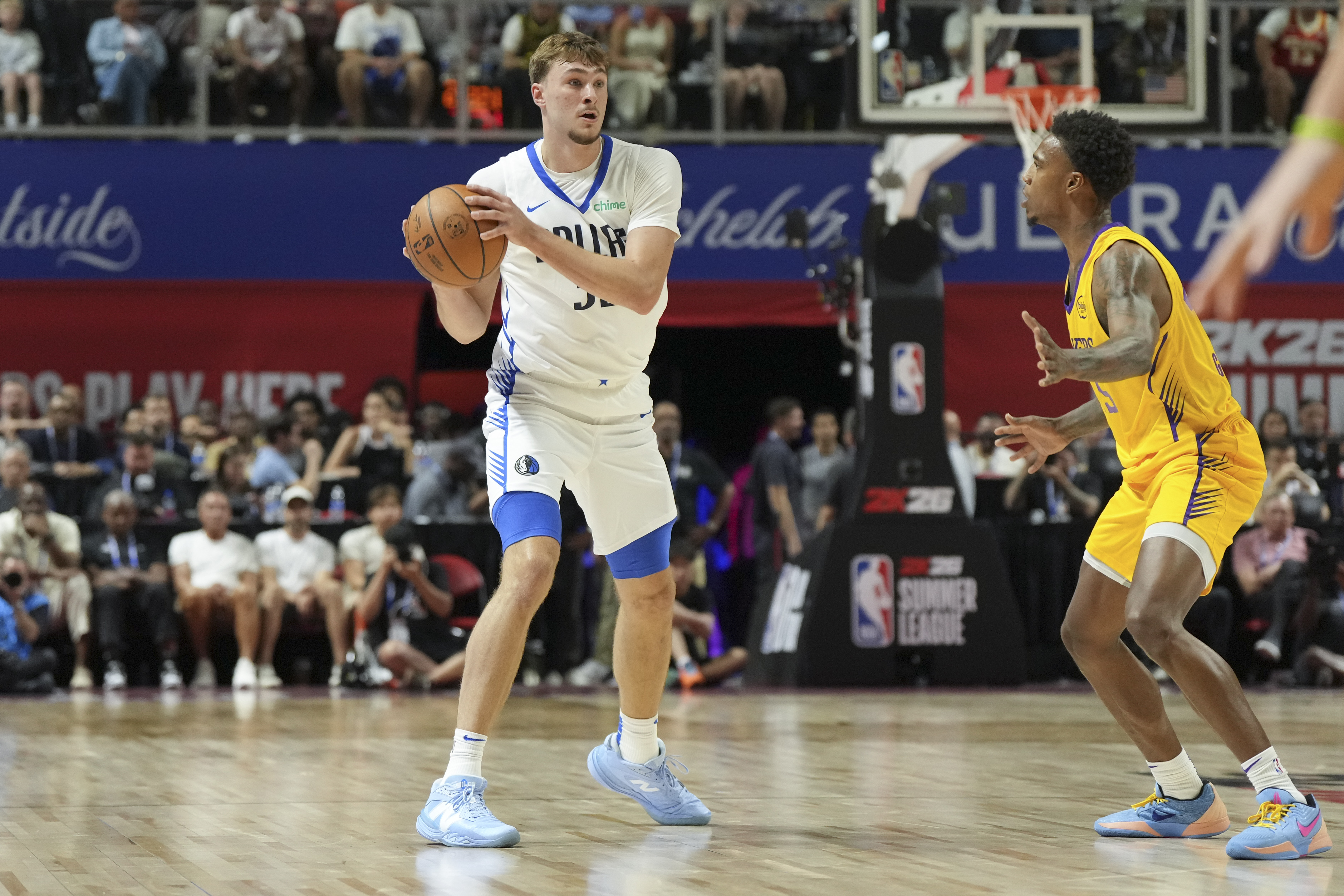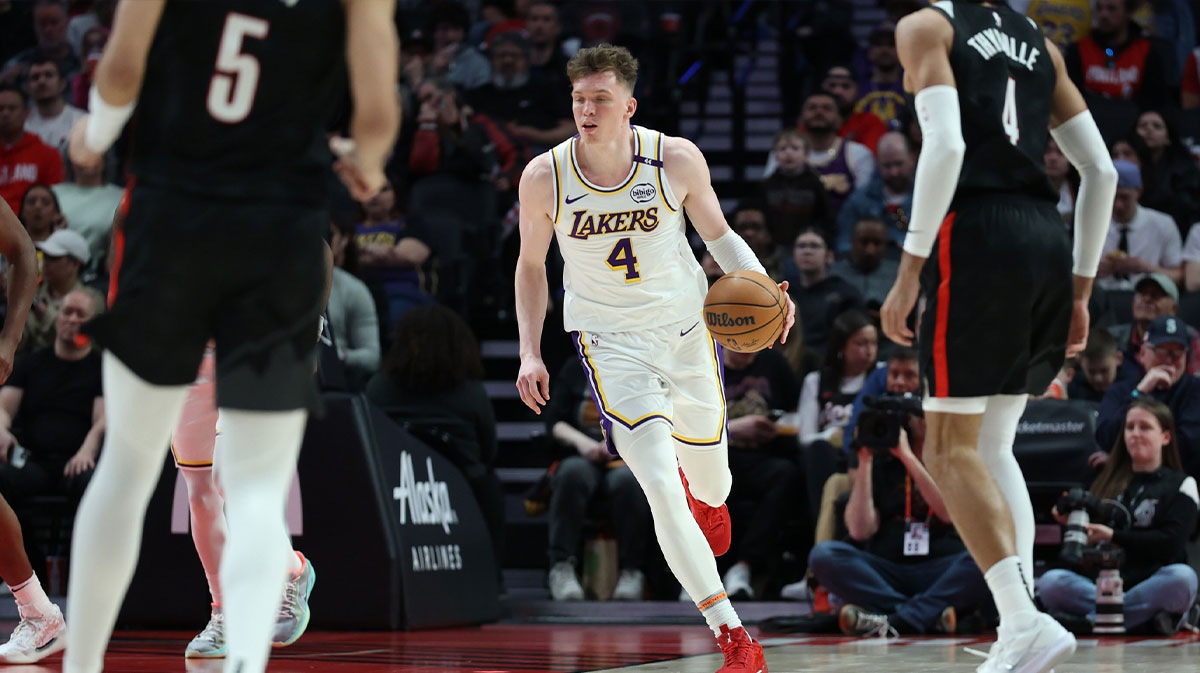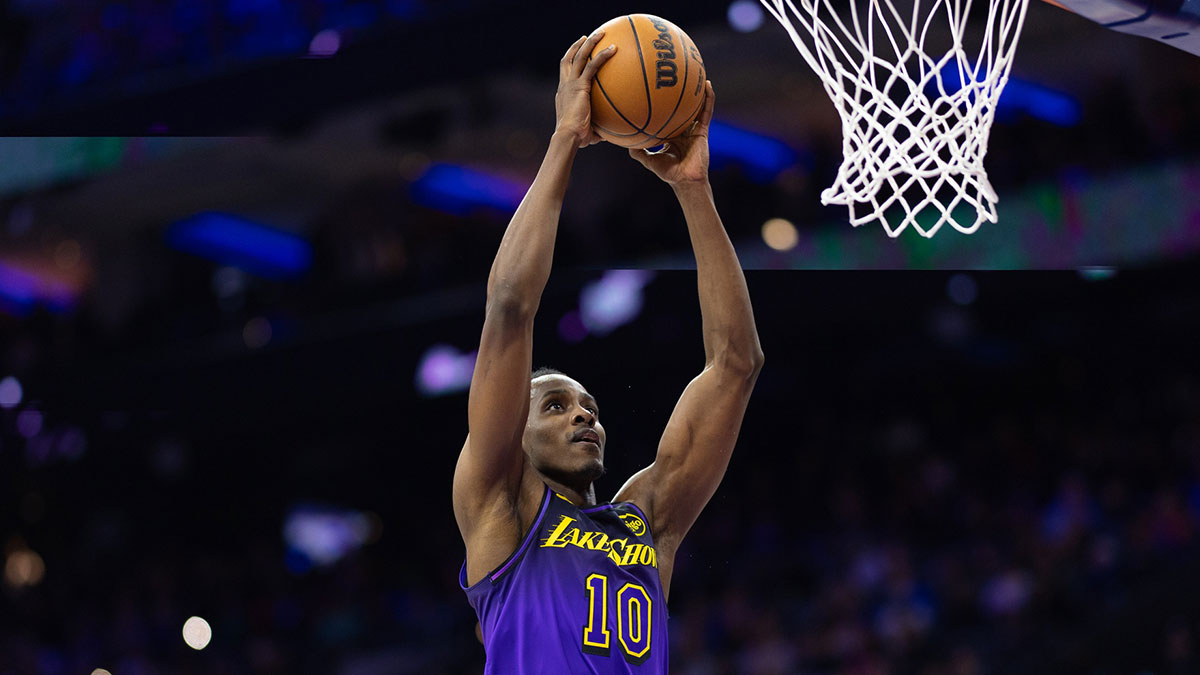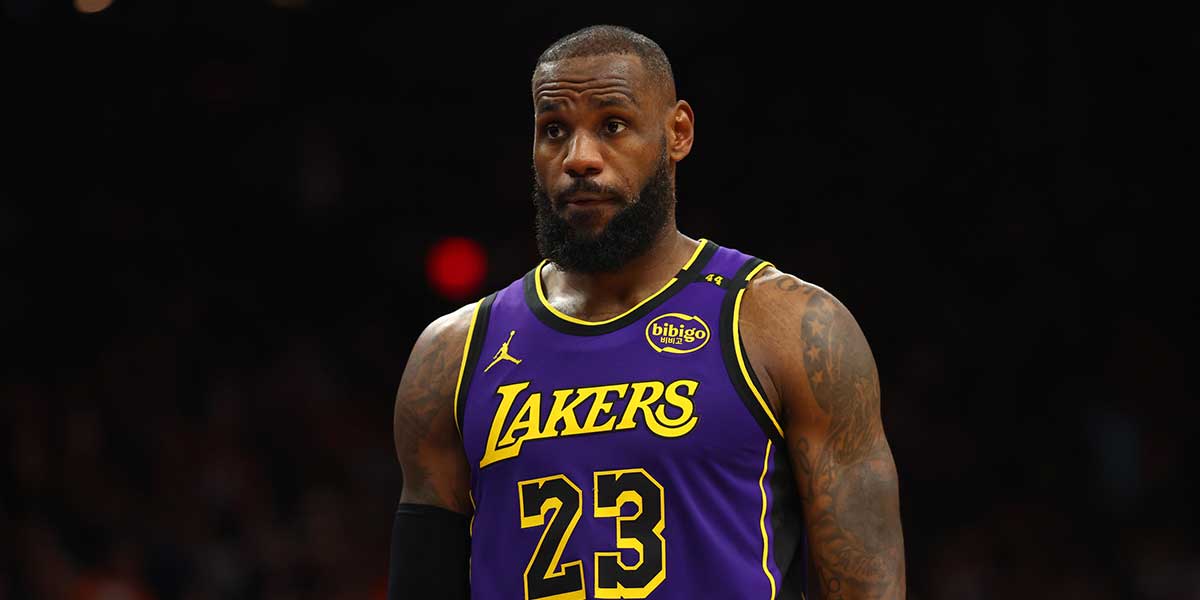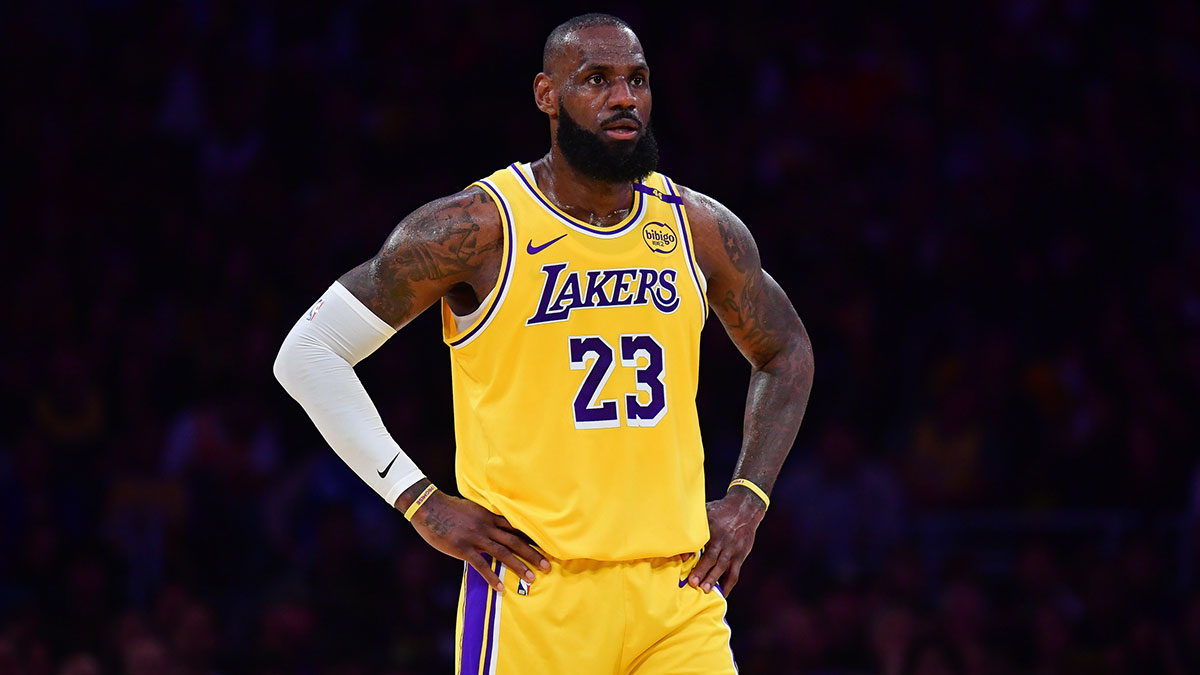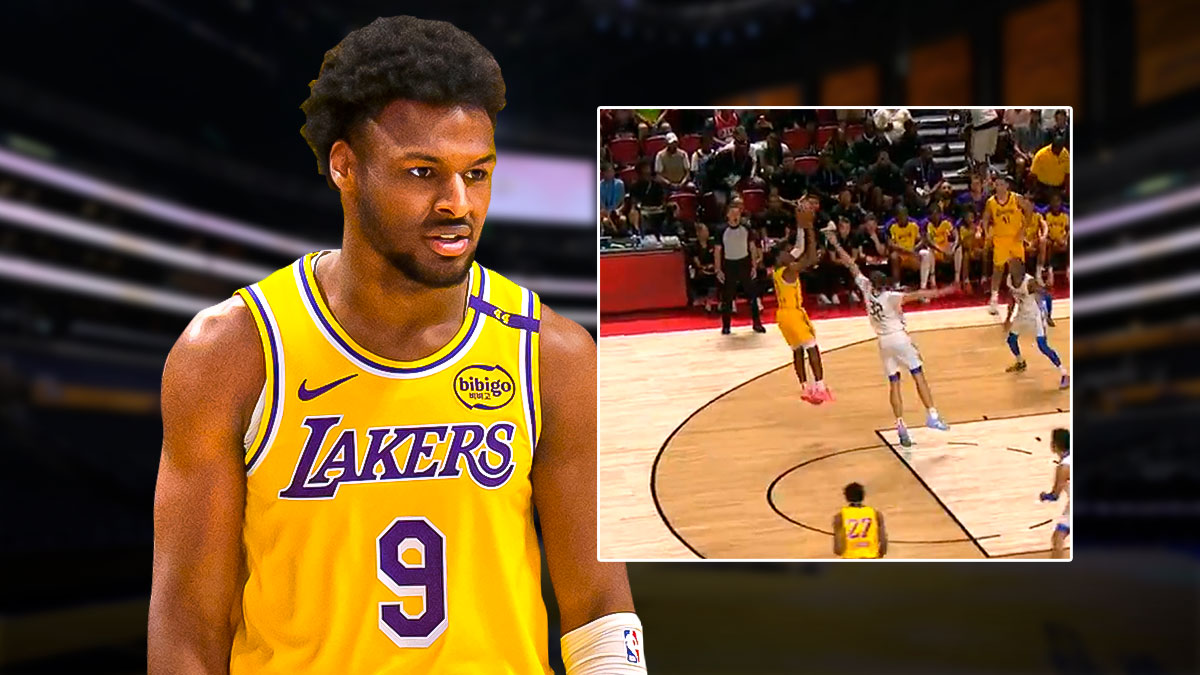Brandon Ingram's groin strain occurred on Sunday against the Heat when Justice Winslow hit him in the groin area while contesting a transition lay-up. Here's the video:
In this post, I'll explain:
- the process of diagnosing Ingram's groin strain
- what muscles a “groin strain” refers to (with anatomy!)
- why a hip flexor strain and groin strain can refer to the same thing
- how Ingram's groin strain affects movement
- the rehab schedule & timeline for Ingram's groin strain
I. Diagnosing Ingram's groin strain
In Miami, the injury was originally diagnosed as a “hip flexor injury”. After traveling back to LA for an MRI, Ingram's groin injury was then diagnosed as a “groin strain” with Ingram to be re-evaluated after one week.
The process of diagnosis after a muscular injury commonly starts with a manual exam in the locker room. In this case, Marco Nunes likely went through a series of resisted motions to determine which muscle was injured.
The resistive testing was especially important in this case because Ingram's groin strain was the result of a direct impact from Winslow rather than a specific motion. If it's a certain motion that caused the injury, it can at least give you some hints as to what was injured.
After testing, Nunes likely found the hip flexion resistive testing to be most painful. Here's what that test looks like (I would usually do it with the person on his or her back but this is the best picture I could find):

Therefore, the injury was termed a “hip flexor injury”. The key part of this testing is not to figure out an exact diagnosis but determine severity- in this case, the injury was deemed mild.
After going back to LA, Ingram had an MRI which specifically showed a groin strain. An MRI is the gold standard for diagnosing soft tissue injuries but it's often not needed. However, in the case of the Lakers or any professional sports team, where cost is no object, an MRI will always be done to confirm or deny.
II. What is a groin strain?
A groin strain is a general term for an injury to the adductor muscle group.
Each starts near the front of your pelvis, aka the groin area. Here's a visual:

These muscles are directly responsible for adduction (moving one leg closer to the other) in the frontal (side to side plane). Additionally, they control the rate of motion (think “act as a brake”) during abduction in the frontal plain.
A visual of these motions:

III. What else do the adductors do?
The adductor muscle group is also responsible for hip flexion. They aren't primarily responsible (that would be the illiopsoas) but they aide in the action.
That's why the original “hip flexor strain” diagnosis and subsequent MRI “groin strain” diagnosis both make sense. The groin aka the adductors are also hip flexors.
Two of the adductors, in particular, are key players.
A. The gracilis
The gracilis is heavily involved in active hip flexion. It is responsible for accelerating the back leg during gait.
Every time you accelerate your back (trail) leg forward to take a step aka “swing phase”, the gracilis activates and plays a key role in moving that leg forward. This is particularly true at the start of the swinging motion – aka “initial swing”.
Time for another visual:

B. The adductor magnus
The adductor magnus is responsible for stabilizing your hip and trunk whenever your foot hits the ground while taking a step, aka “initial contact” and “loading response” of the gait cycle.
Each time that foot contacts the ground, your hip and trunk want to flex (bend) forward. The adductor magnus – along with the lower fibers of your gluteus maximus (glute max) – activate right before the foot hits the ground to help stabilize the hip and trunk and keep you upright.
IV. How Ingram's groin strain affects basketball movement
We don't know which adductor muscle was strained. It could easily be multiple due to the high force contact by Winslow.
If I had to make an educated guess, I'd say it was primarily the gracilis because it's most active of all the adductors during hip flexion.
Regardless, what we do know is that Ingram's groin strain will likely cause pain whenever he's swinging his leg forward and when he's moving laterally.
I don't have to tell you this but that happens a lot in basketball.
Additionally, Ingram has unique contextual factors that increase his risk of re-aggravation, these include:
- His aggression attacking the paint
- The Lakers switch heavy PnR strategy
- Not fully developed physically
Each of these factors raises the risk for additional contact or need to use his lower body to play with more leverage & power than the average player – putting more stress on his adductors.
V. Ingram's return timeline
Ingram's groin strain is set to be re-evaluated this coming Sunday.
Marco Nunes will take Ingram through his activity protocols – progressing from pain-free, low-stress movements to high stress, dynamic movements – and gauge Brandon's response.
The response goes beyond only pain. It's also assessing the confidence and fluidity with which Ingram is moving. For example, if Ingram's groin is pain-free but he's clearly compensating, then you're setting him up for injury down the road.
Nunes has been very conservative in his return to play assessments, understanding risk/reward very well. We saw this recently with Lonzo's extended return to play.
Based on that level of caution, I wouldn't be surprised if Ingram's groin strain keeps him out more than just this week. That being said, Ingram's groin strain is reportedly very mild so he might be back on 3/13 vs Denver.
I'd be shocked if he's back for Sunday's game against Cleveland because Luke refuses to allow a player to return unless they participate in and make it through a practice first.
All in all, a groin strain can suck because it's involved in so many key motions. For Ingram, it came at a time when he was really finding his groove. However, based on the reported mild severity, he'll be back soon, and if Lonzo is any indication, Ingram will get right back into that groove (*cue a How Stella Got Her Groove Back reference*).

